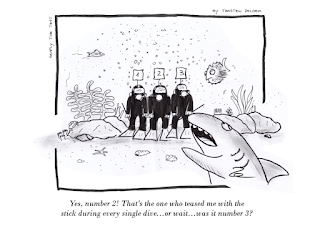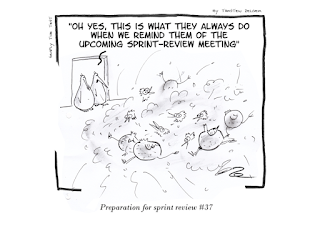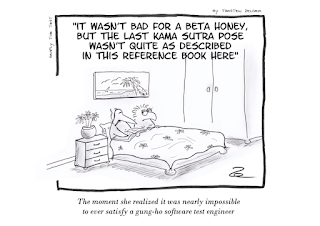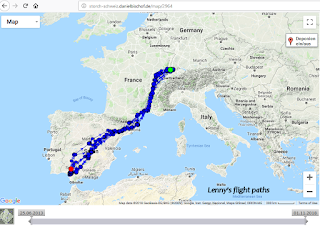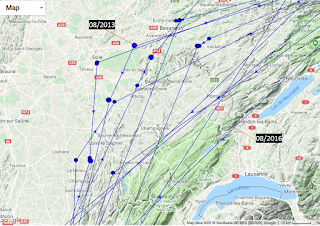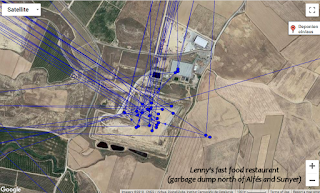Posted on February 7, 2019
Hello World!
by chris
10 CLS
20 PRINT "Hello WOrld!!1"
30 PLAY "T120e4e4f4g4g4f4e4d4c4c4d4e4e4.d8d2"
40 PLAY "T120e4e4f4g4g4f4e4d4c4c4d4e4d4.c8c2"
50 PRINT "Yay!"
Posted on January 15, 2019
ISTQB® releases CTFL Usability Testing Syllabus (CTFL-UT)
by Cyndi Cazón
At the ISTQB® General Assembly in Berlin on 2 November 2018, the ISTQB® Usability Testing Syllabus (CTFL-UT) was released. The new module which has been developed and successfully piloted by German Testing Board and UXQB since 2016 seamlessly fits in within the ISTQB® product portfolio specialization modules.
Training providers and certifiers are now able to offer accredited training courses and certification exams for CTFL-UT on a global basis.
The scheme consists of a "Usability Testing“ foundation level specialist syllabus, an overview paper, glossary terms, accreditation and certification guidelines as well as a mock exam for training participants.
Read more here.
(Source: ISTQB)
Posted on December 13, 2018
Confetti User Stories
by Cyndi Cazón
(Source: Simply the Test)
Posted on December 5, 2018
ISTQB® releases new Foundation Specialist Syllabus – Automotive Software Tester
by Cyndi Cazón
The ISTQB® General Assembly has approved the ISTQB® Certified Tester Foundation Level Specialist Automotive Software Tester syllabus (CTFL-AuT) for general release. The syllabus is providing essential understanding and knowledge to anyone involved in testing in the Automotive SW domain. The syllabus reflects a growing market need in the world for that skill set.
The release consists of the ISTQB® Certified Tester Foundation Level Specialist Automotive Software Tester 2.0 syllabus, an Overview document, Accreditation guidelines, Glossary items and terms, Exam Structure and Rules and one Sample Exam.
Read more here.
(Source: ISTQB)
Posted on November 29, 2018
Lining up in the Ocean
by Cyndi Cazón
It's about how fast we can be wrong with our conclusions. I often see that we detect an alledged new issue, not realizing that the same anomaly was already there before. It's easier and faster to judge without collecting the facts first. Things that may look the same, sometimes aren't.
(Source: Simply the Test)
Posted on November 27, 2018
Patched UFOs
by Cyndi Cazón
(Source: Simply the Test)
Posted on November 13, 2018
Sprint Review #37
by Cyndi Cazón
[Crispin - Agile Testing]
(Source: Simply the Test)
Posted on November 11, 2018
Gung-Ho Tester
by Cyndi Cazón
ThanX. I never met someone who made a drawing about me. I really enjoyed having this moment of conducting a little self-mockery.
And this is the original sketch from Cindy:
(Source: Simply the Test)
Posted on November 4, 2018
Analyzing Lenny’s flight paths
by Cyndi Cazón
 We are tracking the routes of animals all over the world. Some birds have already become famous like Lenny the stork whose annual airtrip to Spain and back to his home at Basel Zoo is observed by over 1500 fans. Lenny has a transmitter and everyone can check online when he starts his journey from Switzerland to South Spain where he spends a few months before he returns.
We are tracking the routes of animals all over the world. Some birds have already become famous like Lenny the stork whose annual airtrip to Spain and back to his home at Basel Zoo is observed by over 1500 fans. Lenny has a transmitter and everyone can check online when he starts his journey from Switzerland to South Spain where he spends a few months before he returns.The route they are taking now pretty much matches the distance to what their relatives are "programmed for" or what they can perform. The second theory is less pleasant. Spain is full of garbage dumps where they find enough food. If you follow the markers of Lenny and then switch from the "map"-view to "satellite"-view, it is really appaling to see where he likes to rest and eat. I feel sorry for him and his friends. These garbage dumps seem to be another reason why there is no need to search for food further south.
[lenny]
http://storch-schweiz.danielbischof.de/map/2964
https://www.srf.ch/news/regional/basel-baselland/heimkehr-aus-dem-sueden-storch-lenny-ist-im-anflug
[logger]
https://projekt-storchenzug.com/datenlogger/
[whit]
Exploratory Software Testing by James Whittaker
(Source: Simply the Test)



